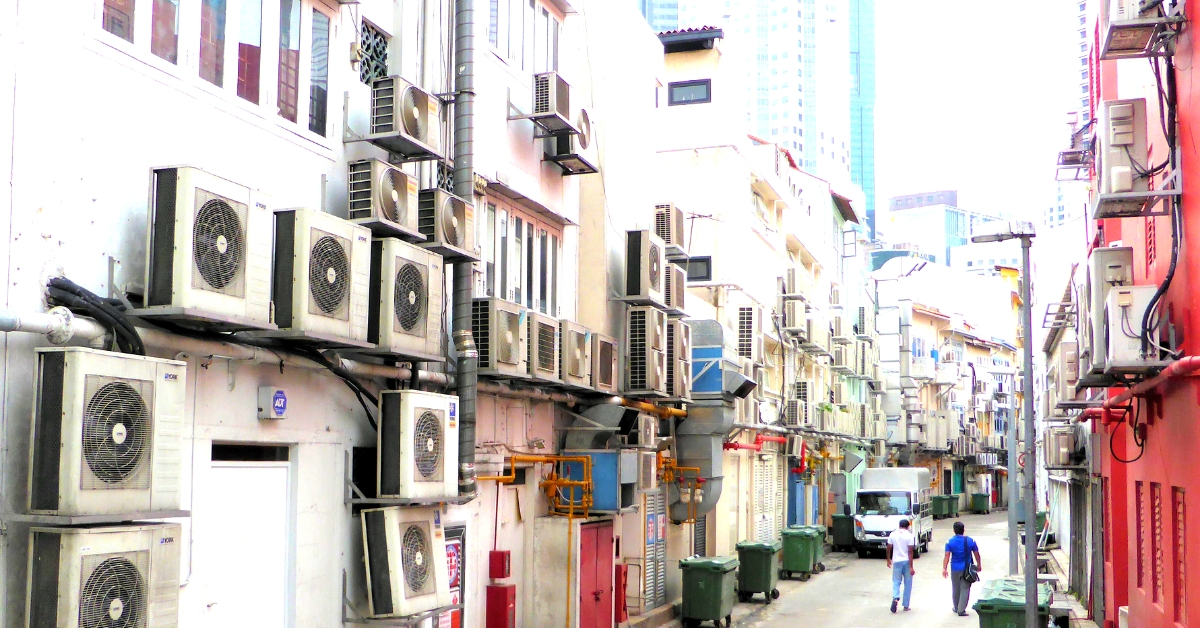India Becomes First Nation To Have ‘Cooling Action Plan’: Why You Should Care!
As per the Montreal Protocol, India is taking steps to curb elements that deplete the ozone layer.

The Montreal Protocol is a global agreement to protect the ozone layer, by weaning out the production and consumption of ozone-depleting substances, and is similar to the Paris Agreement, which is an agreement within the United Nations Framework Convention on Climate Change (UNFCCC), dealing with greenhouse-gas-emissions mitigation, adaptation, and finance.
The overarching aim of these initiatives is to meet the challenges of climate change.
The Montreal Protocol is quite the success story, and is the only environmental treaty to have been ratified by 197 UN member countries. It has been successful in reducing global production, consumption and emission of ozone layer-depleting substances.

To emphasise the importance of consistently working under the aegis of the Montreal Protocol to phase out Ozone Depleting Substances, on Monday, a day after World Ozone Day (16 September) the Ministry of Environment, Forest and Climate Change (MoEFCC) released the draft Cooling Action Plan (ICAP) along with a booklet on the ‘Montreal Protocol-India’s Success Story.’
“India is the first country in the world to develop such a document (ICAP), which addresses cooling requirement across sectors and lists out actions which can help reduce the cooling demand. This will help in reducing both direct and indirect emissions. The thrust of the ICAP is to look for synergies in actions for securing both environmental and socio-economic benefits. The overarching goal of ICAP is to provide sustainable cooling and thermal comfort for all while securing environmental and socio-economic benefits for the society,” reads a statement on the PIB site.
Cooling is an important need across due to its considerable use in different sectors of the economy such as industries, residential and commercial buildings, transport etc.
India has some heavy cooling demands, and according to this report in the Business Insider, the nation might have an eightfold increase in cooling demand in the coming 20 years. However, India’s per capita energy consumption is still much lower than the developed nations like Japan and the UN, and even the developing countries like Brazil and Mexico.
ICAP estimates that the building sector will grow the most, around elevenfold in the next two decades. Comparatively, transport air-conditioning and cold-chain sectors are only expected to increase fourfold, and fivefold, respectively.
You may also like: Cancer From The Sun: Here’s Why You Can No Longer Ignore Harmful UV Rays
According to the statement, recognising that integrated actions and taking a holistic view on the cooling requirement across sectors with a long-term perspective would have a greater impact than actions taken in isolation, the Ministry initiated the process for developing the Cooling Action Plan in July 2017. The resulting document has been prepared after extensive deliberations and multi-stakeholders engagement in the public domain for receiving comments/suggestions.
(Edited by Gayatri Mishra)
Like this story? Or have something to share? Write to us: [email protected], or connect with us on Facebook and Twitter.
If you found our stories insightful, informative, or even just enjoyable, we invite you to consider making a voluntary payment to support the work we do at The Better India. Your contribution helps us continue producing quality content that educates, inspires, and drives positive change.
Choose one of the payment options below for your contribution-
By paying for the stories you value, you directly contribute to sustaining our efforts focused on making a difference in the world. Together, let’s ensure that impactful stories continue to be told and shared, enriching lives and communities alike.
Thank you for your support. Here are some frequently asked questions you might find helpful to know why you are contributing?


This story made me
-
97
-
121
-
89
-
167













